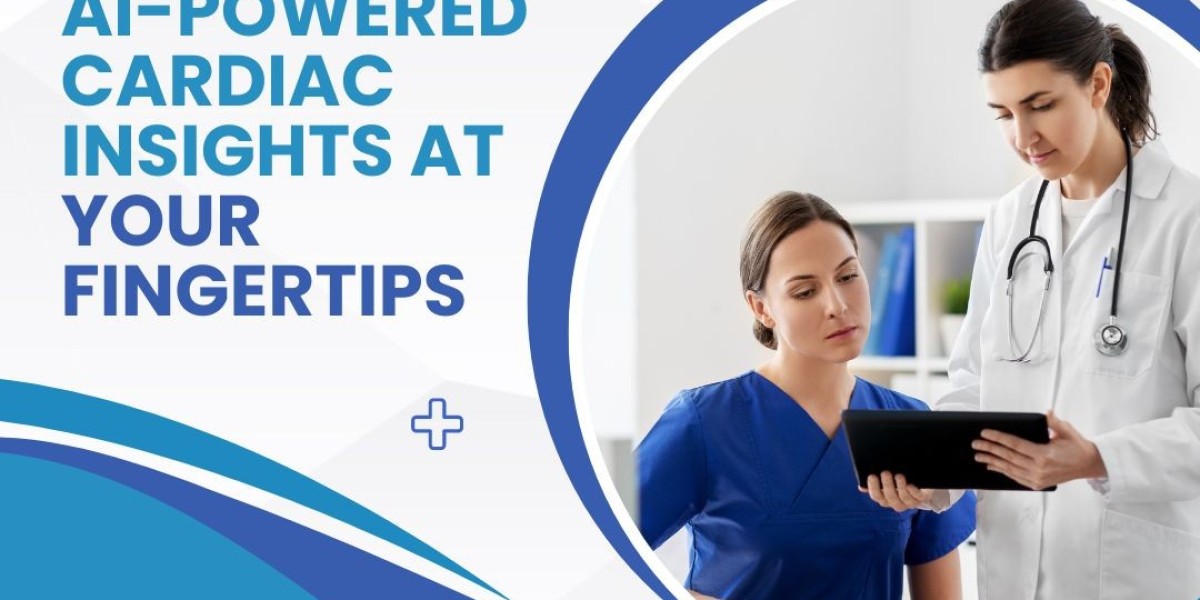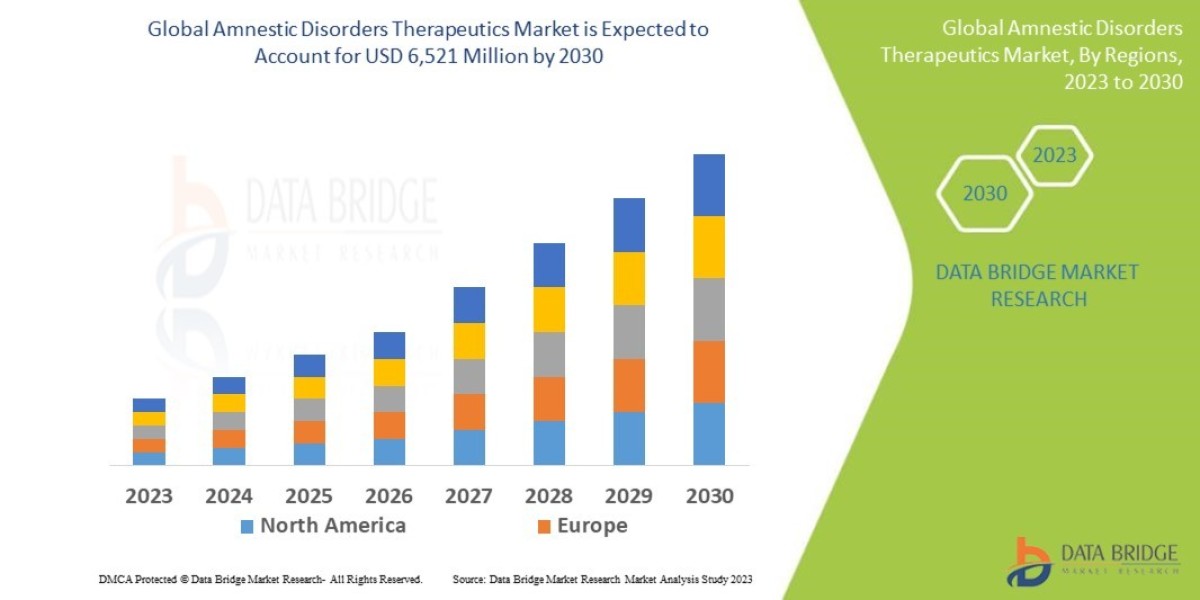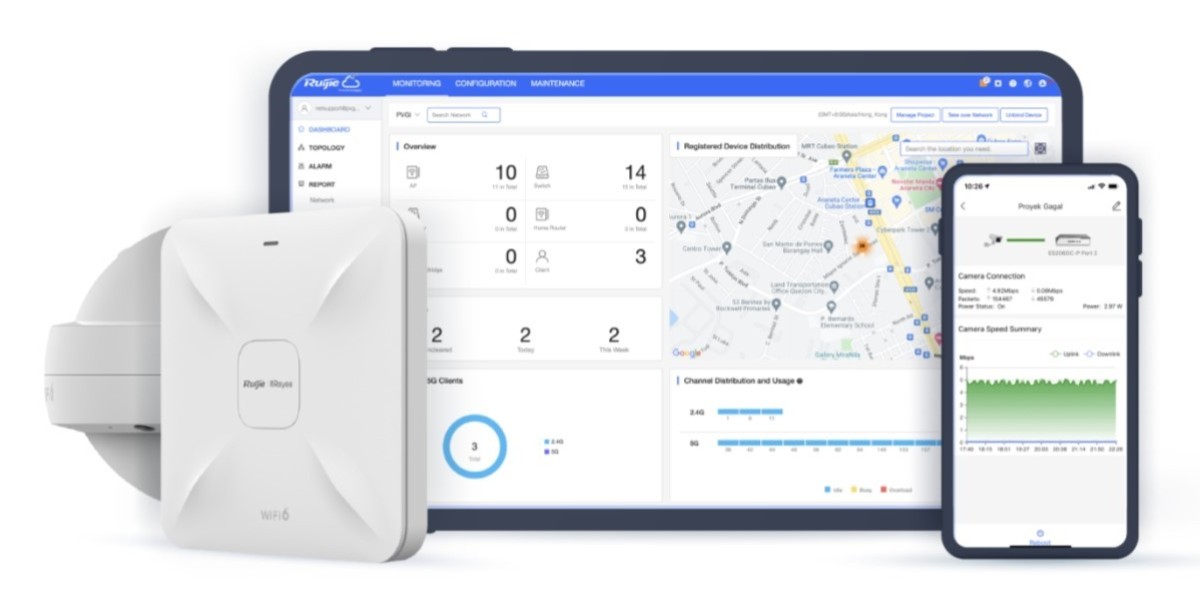The use of remote monitoring technologies for cardiac patients has grown tremendously over the past decade. Remote monitoring allows healthcare providers to track a patient's vital signs and symptoms outside of the clinic or hospital setting. For cardiac patients, this emerging technology is transforming the delivery of care in several key ways.
Enhanced Care Management
Remote monitoring enables more frequent and detailed data collection from cardiac patients. Devices like wireless scales, blood pressure cuffs, continuous glucose monitors and wearable ECG patches all allow patients to easily track key health metrics at home. This data is securely transmitted to care teams to track vitals like heart rate, blood pressure, weight and blood sugar levels.
With continuous streams of patient data, doctors can closely monitor cardiac patients and detect early signs of deterioration. Any concerning symptoms or trends can prompt early outpatient interventions, reducing the need for ER visits or hospital re-admissions. Studies show remote monitoring programs significantly improve outcomes and lower costs for chronic cardiac patients.
Improved Patient Engagement
Remote monitoring also empowers patients to take a more active role in managing their heart health. Wearable devices and smart phone apps make patients more aware of their vitals and symptoms every day. This helps motivate patients stick to medications, follow diet and exercise plans more closely. Patients also feel more connected to their care team with regular virtual check-ins.
In summary, remote monitoring is making cardiac care more proactive, patient-centered and efficient. Transitioning care out of hospitals and clinics is expected to continue improving outcomes for cardiac patients while lowering costs. Wider adoption of remote monitoring programs will be key to streamlining care delivery for the future.








